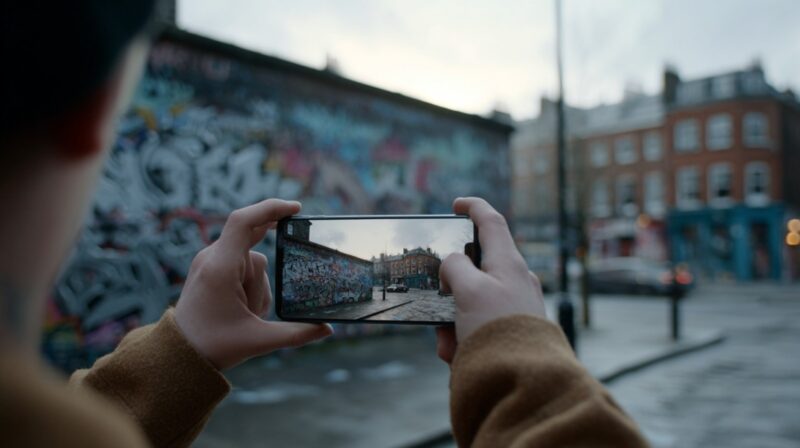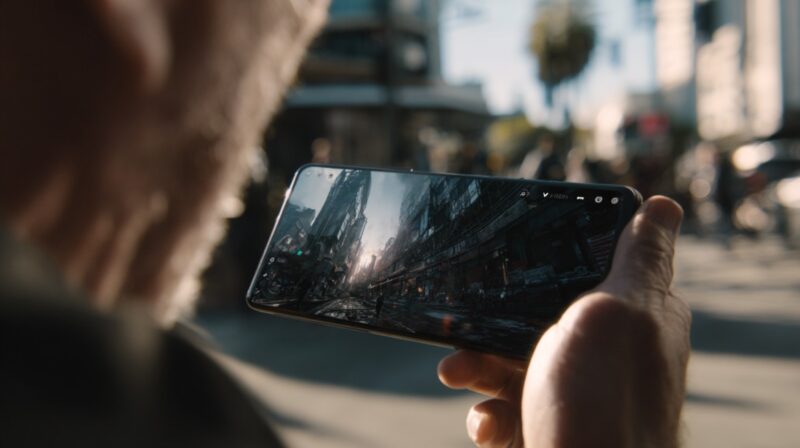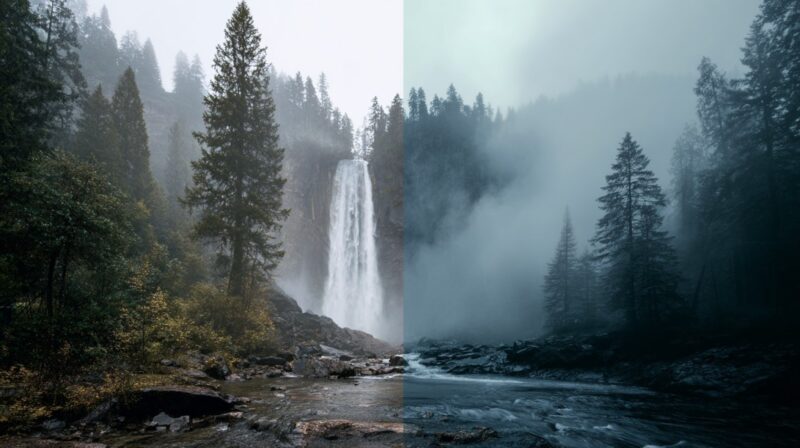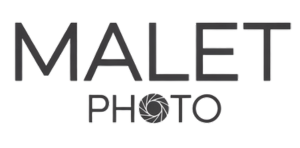Choosing the right image format can completely change how photos look, how much space they take, and how easily they can be edited.
Android devices today offer photographers and casual users different formats, with RAW and HEIF being among the most important.
RAW promises flexibility and unmatched detail, while HEIF focuses on efficiency and modern usability.
Picking the right one depends on goals such as storage limits, editing habits, and overall performance needs.
Without further ado, let us begin.
Key Differences Between HEIF and RAW on Android
| Aspect | RAW | HEIF |
|---|---|---|
| Quality | Full detail, best for editing | Compressed, good for daily use |
| Size | Large, storage-heavy | Small, storage-friendly |
| Compatibility | Limited, needs special apps | Broad support on modern Android |
| Editing | Maximum flexibility | Limited adjustments |
| Performance | Slower, resource-heavy | Fast, efficient |
Choosing between HEIF and RAW on Android involves looking at several important aspects such as image quality, storage needs, compatibility, editing flexibility, and overall performance.
Every format offers advantages depending on the type of user and how photographs are meant to be used. Below are the main differences explained in detail.
Image Quality

Photo quality is often the first factor people consider when deciding between RAW and HEIF.
RAW provides a complete capture of sensor data, holding every highlight, shadow, and subtle variation in tone. That level of detail allows photographers to manipulate images later with precision.
In contrast, HEIF uses compression technology that makes files smaller while still delivering visuals that look excellent for most everyday purposes.
- RAW: Maximum detail, ideal for professional editing workflows.
- HEIF: Compressed, but designed to keep strong visual fidelity for casual use and sharing.
Someone posting on social media will find HEIF more than satisfactory, while professionals aiming for precise edits will prefer RAW.
File Size and Storage
Storage management plays a major role in format choice. RAW files are large and can quickly consume gigabytes during a single photoshoot.
More storage space and processing power are required to handle them effectively.
On the other hand, HEIF offers remarkable efficiency, delivering images at a fraction of the size.
- RAW: Large file sizes that demand powerful hardware and extensive storage capacity.
- HEIF: Compressed format that lets users store hundreds or even thousands of additional images in the same space.
Anyone who needs to maximize available memory will benefit from HEIF, while RAW remains practical for photographers prioritizing quality over storage concerns.

Compatibility
Compatibility often becomes a deciding factor when moving images between devices and apps.
RAW formats are not universal because camera manufacturers frequently create proprietary versions. As a result, specialized apps are needed to view or edit them on Android devices.
Casual users may find this restrictive. HEIF has broader support across modern Android versions and many software platforms, though older systems may still encounter issues.
- RAW: Proprietary, requiring third-party apps or brand-specific software.
- HEIF: Supported widely on modern Android devices, easier to share across different platforms.
For fast and seamless transfers between phones, laptops, and online platforms, HEIF is usually the more convenient choice.
Post-Processing Flexibility
Editing flexibility makes RAW a favorite among professional photographers. Every detail stored in the file allows adjustments to exposure, color grading, and sharpness without noticeable degradation.
In comparison, HEIF sacrifices editing freedom for compression efficiency.
Once compressed, some information is lost permanently, which limits how much an image can be pushed during post-processing.
- RAW: Offers unmatched flexibility, retaining full editing potential.
- HEIF: Suitable for minimal or no editing, practical for quick sharing.
Photographers who want complete control in applications like Lightroom or Photoshop should stick to RAW, while everyday users satisfied with in-camera results can comfortably rely on HEIF.
Performance on Android

Performance on Android devices varies depending on the chosen format. RAW capture requires more processing and memory, which can slow down shooting speed and gallery navigation. Users with high-end devices may not notice this as much, but mid-range and budget smartphones will show performance drops.
HEIF is designed to be lightweight and efficient, offering smooth operation and rapid capture.
- RAW: Slower capture, heavier on processing, suitable for advanced devices.
- HEIF: Faster capture, optimized for mobile performance, practical for casual use.
Choosing the format often depends on device capacity and how much speed matters compared to image control.
Use Cases and When to Use Each Format

Different users have different needs, and the right image format depends heavily on the purpose behind the photos. RAW and HEIF cater to two distinct groups: those who prioritize editing power and those who value efficiency and convenience.
Understanding which situation fits each format helps photographers make informed choices.
- Professional photographer working on projects that demand post-production.
- Hobbyist who enjoys editing photos for artistic or technical precision.
- User with access to high storage capacity and strong processing hardware.
- Someone preparing images for printing, portfolios, or detailed archival work.
Use HEIF if you fit into one of these categories:
- Casual user who wants great-looking results straight out of the camera.
- Social media enthusiast who prioritizes fast sharing and compact files.
- Traveler or everyday user who values storage efficiency on mobile devices.
- Someone who rarely edits images and prefers simplicity in workflow.
In short, RAW is a tool for serious editing and control, while HEIF is designed for quick, efficient, and practical use. Professionals or advanced hobbyists will lean toward RAW, whereas casual shooters will find HEIF more than sufficient.
Conversion Tips

File conversion is often necessary when working across different apps or sharing images with people who use other devices. HEIF is highly efficient but not always supported everywhere, which is why converting into more universal formats like JPEG or PNG is common.
RAW, however, cannot be recreated by conversion, as its detailed sensor data is unique to the moment of capture.
- HEIF to JPEG/PNG: Easily done with multiple tools, ensuring wide compatibility.
- RAW to other formats: Can be exported, but converted versions will lose editing flexibility. No tool can fully rebuild RAW data once compressed into another format.
Recommended tools for converting HEIF files:
- PDF Mall: Fast and simple online conversion.
- Convert 365: Allows bulk conversion for multiple files.
- MobiKin HEIC to JPG Converter: Desktop-based option for managing large numbers of images.
These tools are useful for casual sharing, uploading to websites, or sending to friends. Professional editors, however, should always keep original RAW files for serious projects. Conversions should be viewed as a compatibility solution, not an editing replacement.
The Bottom Line
RAW is all about editing power and maximum detail, making it the right option for photographers who want full control over the image.
HEIF prioritizes efficiency, giving everyday users high-quality visuals that are storage-friendly and quick to share.
The choice between them should depend on what matters most: flexibility for editing or convenience for mobile use.

